Exploring the Parks: Brand-New Chuckwalla National Monument
Air Date: Week of January 31, 2025
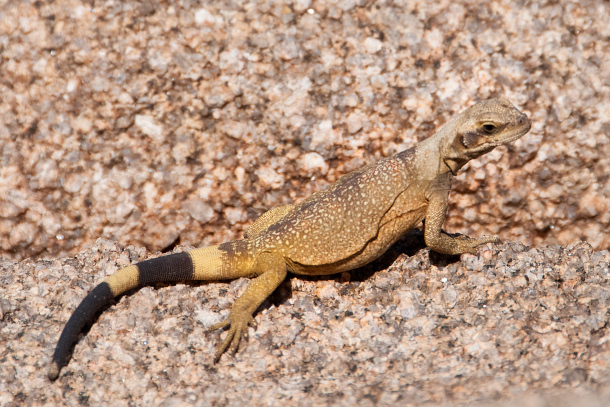
The Chuckwalla National monument is named after the Chuckwalla lizard pictured above. (Photo: Brent, Flickr, CC BY 2.0)
In his last days in office President Biden designated a new national monument in the southern California desert called Chuckwalla. Producer Paloma Beltran joins Hosts Aynsley O’Neill and Jenni Doering to share perspectives from locals on this unique landscape, including a Native tale of how Coyote gave the “painted canyon” in Chuckwalla its name.
Transcript
DOERING: So, Aynsley, remember the “Exploring the Parks” series we’ve featured on Living on Earth in the past few years?
O’NEILL: Oh, for sure I love that segment – we’ve talked about Great Smoky Mountains National Park, Aniakchak National Monument in Alaska…
DOERING: Oh that was one of my favorites, there was also Petrified Forest National Park, and Sequoia and Kings Canyon, just to name a few. Well, I think it’s time to add to that series and we might as well start with some brand-new protected areas. During his last days in office former President Biden declared two new national monuments, the Chuckwalla and Sáttítla.
O’NEILL: And both of those, I believe, were from your home state of California, right Jenni?
DOERING: That’s right, and our colleague Paloma Beltran, who hails from around there too has been talking with some of the community leaders and tribal members who advocated for them. Hi Paloma! So can you tell us about Chuckwalla National Monument? Where exactly is it?
BELTRAN: Hi Jenni, sure! So, this one is in Southern California out in the desert, and it’s around 624,000 acres from Coachella Valley all the way to the Colorado River. It’s named after the Chuckwalla lizard, native to the area. And it extends a conservation corridor that goes from Bears Ears National Monument in Utah to Joshua Tree National Park in California, a 600-mile stretch of protected land.
And there was a lot of support for the creation of this monument. You know, business groups, the California legislature, more than 370 scientists, residents of the eastern Coachella Valley, and multiple tribal nations.
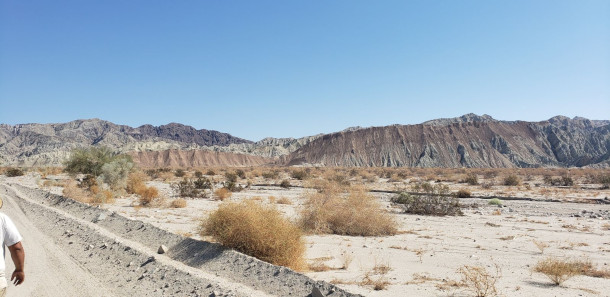
The painted canyon hills or Mecca hills inside the Chuckwalla National Monument are part of the Torres Martinez Desert Cahuilla tribe creation story. (Photo: Courtesy of Gary Wayne Resvaloso Jr.)
O’NEILL: Ok wow, lots of people on board. And specifically what kind of connection do the tribal communities have to the area?
BELTRAN: So there are sacred trails, sites and objects, rock art, and culturally important plants and wildlife. I talked to Gary Wayne Resvaloso Jr., a Torres Martinez Desert Cahuilla Tribal Council Member, and he said that the area is home to painted canyons, also known as the Mecca hills, that are part of their creation story.
RESVALOSO: When they cremated our Creator, right? They sent Coyote to the west to gather some stuff to help with the ceremony, because they understood that nature is to scavenge, right? So they understood that he would try to eat our Creator. So when the smoke went up, Coyote’s seeing it, he came back in. He grabbed Mukat’s heart and he ran with it, because his thing is, he wanted to eat it, right? He wanted because, he wanted to take him. And as he ran with it, he dropped the red blood all over the mountainside. So when you sit here, like from our headquarters, you can look at the mountain, and you can see these red dots, red-purple dots out there that dot the land along the hillside, that go along all the way towards the east. And that's, that's part of our creation. That's what that is, it's that beautiful landscape that's out there.
O’NEILL: Whoa! So no wonder you said the place is now known as a “painted canyon.”
DOERING: Yeah, what an amazing creation story! And what about the biodiversity there?
BELTRAN: Well, one local who had a lot to say about that was Evan Trubee, Palm Desert City Councilor and owner of Big Wheel Tours, a bike and car tour company that works across Palm Desert. And he described it as a transitional zone where the Sonoran and Mojave Deserts come together, offering stunning landscapes, and all sorts of wildlife.
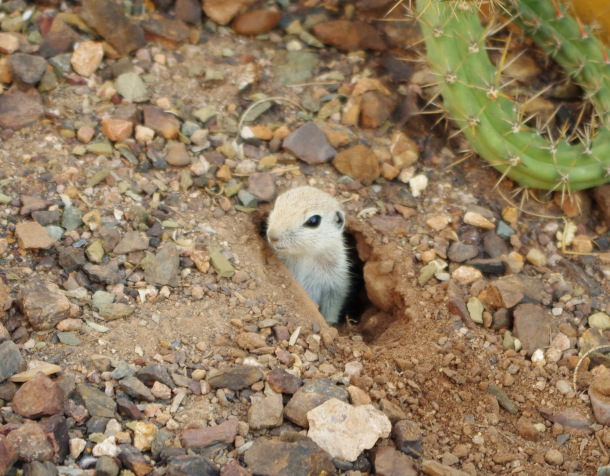
The round tailed ground squirrel survives in the Sonoran Desert and Mojave Desert by estivating during summer months. (Picture: Bhavishya Goel, Flickr, CC BY 2.0)
TRUBEE: It is rocky, it is arid, it is full of life, and it is magnificent. The desert tortoise is, that's definitely their habitat, particularly in some of the washes and areas that we go visit, you have everything from large mammals, even mule deer, mountain lions, kit foxes, coyotes, all the classic desert creatures that you would expect, road runners, all the way down to the beetles and insects that all play a role in this incredibly dynamic ecological system.
BELTRAN: Evan said that designating the Chuckwalla area as a national monument prevents development, which is a way to protect endangered species like the Mojave Desert Tortoise. The solar energy industry has been interested in the area, but solar stakeholders were consulted as the monument was being developed, and they’re generally in support of it. You know, thanks to that blazing sunshine combined with desert dryness, this is a land of extremes, where in the summer it can get up to 120 degrees or more and it can get below freezing overnight.
O’NEILL: Oh yeesh…
DOERING: Wow, talk about weather whiplash.
BELTRAN: Yeah I know! But Evan Trubee says animals adapted to these conditions still manage to survive.
TRUBEE: As hard as it is for people to believe, the desert creatures are still out there doing their thing, hunting for food and hunting for water and doing everything else they need to live. There's one particular squirrel, who body temperature can get up to 107 degrees and they will actually estivate in the summertime, in response to extreme heat and aridity. When water is scarce and the temperatures are hot, they will go into an almost hibernation. They will dig a burrow about a foot and a half underground, and slow down their metabolic rates, like one heartbeat and two breaths a minute or something of that nature, and stay in that state for two or three months until it's safe to come back out and there's plenty of food and water again. That’s an extreme. So you've got, gosh, over the course of a year, you could have 100 degree temperature variations in one desert location out there in what is now Chuckwalla national monument. It's incredible, it’s like no other place.
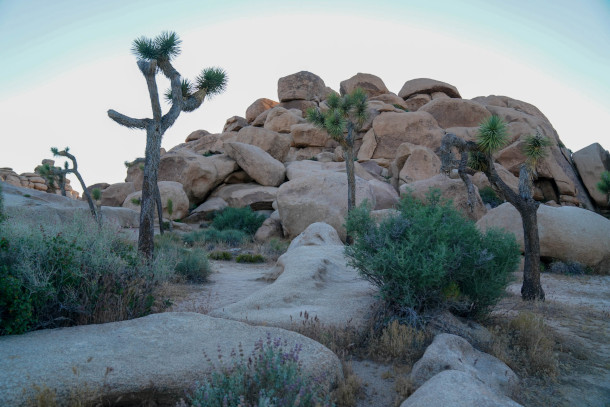
The Chuckwalla National Monument protects 624,270 acres in Riverside and Imperial counties and borders Joshua Tree National Park. (Photo: U.S. Department of the Interior, Wikimedia Commons, public domain)
O’NEILL: That’s so cool, I love hearing about a resilient desert creature.
DOERING: Yeah, I’m impressed. So, despite the heat what sorts of activities can people do out there?
BELTRAN: Well, overall it seems like the ideal place to get out and enjoy nature.
Evan says there’s hiking, horseback riding, camping, you name it.
TRUBEE: Believe it or not, there's some mining claims out there that date back to the 1800s and are still even active today, sort of as hobbyist claims. So that's one of the activities that a lot of people don't even think about regularly. Dirt road driving that you can do on jeeps, motorcycles, quads, sand rails, vehicles like that; mountain biking. So there's wheeled vehicle activities that you can do out there on designated trails. And that's the key that I really want to reiterate to people, or hope that most people understand, that you want to keep it on the trails. It's a delicate, delicate ecosystem that does not recover well after being trammeled. So it's just an outlet for people to get out and enjoy nature. Get out of the big cities, get out of the hustle bustle, get out of their daily routine and get quiet and enjoy the activities they like to enjoy and commune with nature. It's a beautiful place.
O’NEILL: All right, well I’m going to have to slather on some sunscreen and get out to Chuckwalla National Monument, it sounds incredible!
DOERING: Sign me up too! Thanks Paloma. And I’m looking forward to hearing more soon about the Sáttítla National Monument in northern California as part of our “Exploring the Parks” series.
BELTRAN: Sure thing - thank you both!
O’NEILL: And if you want to hear more of those “Exploring the Parks” segments head on over to LOE dot org.
Links
Learn more about the Chuckwalla National Monument
Audubon California | “Chuckwalla National Monument"
Living on Earth wants to hear from you!
Living on Earth
62 Calef Highway, Suite 212
Lee, NH 03861
Telephone: 617-287-4121
E-mail: comments@loe.org
Newsletter [Click here]
Donate to Living on Earth!
Living on Earth is an independent media program and relies entirely on contributions from listeners and institutions supporting public service. Please donate now to preserve an independent environmental voice.
NewsletterLiving on Earth offers a weekly delivery of the show's rundown to your mailbox. Sign up for our newsletter today!
 Sailors For The Sea: Be the change you want to sea.
Sailors For The Sea: Be the change you want to sea.
 The Grantham Foundation for the Protection of the Environment: Committed to protecting and improving the health of the global environment.
The Grantham Foundation for the Protection of the Environment: Committed to protecting and improving the health of the global environment.
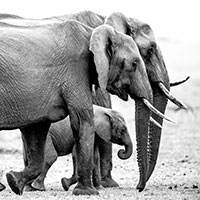 Contribute to Living on Earth and receive, as our gift to you, an archival print of one of Mark Seth Lender's extraordinary wildlife photographs. Follow the link to see Mark's current collection of photographs.
Contribute to Living on Earth and receive, as our gift to you, an archival print of one of Mark Seth Lender's extraordinary wildlife photographs. Follow the link to see Mark's current collection of photographs.
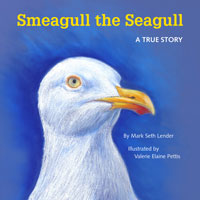 Buy a signed copy of Mark Seth Lender's book Smeagull the Seagull & support Living on Earth
Buy a signed copy of Mark Seth Lender's book Smeagull the Seagull & support Living on Earth

